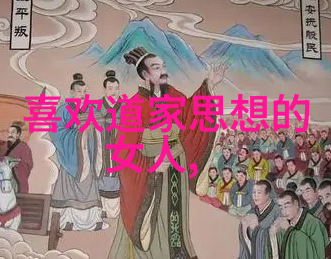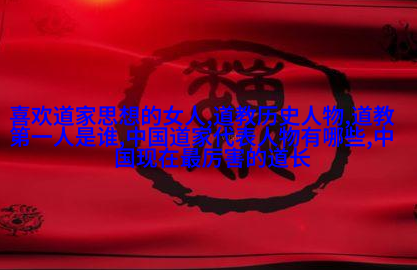狐丘,亦称狐刚子,道家炼丹高手。生平不详,其时约与葛洪同时,为晋代人。据陈国符先生考证,狐刚子是“最大之外丹黄白师”,其著作《五金诀》流传至今。这位东汉末年的杰出代表,在黄白术领域展现了卓越的化学智慧,是我国古代化学发明家的楷模。尽管他的作品散失殆尽,但唐初《黄帝九鼎神丹经诀》和唐代黄白术专著中仍保留了他在黄白术方面的重要佚文,如《五金粉图诀》(又称《粉图经》、《粉图》、《五金诀》,或名《狐刚子万金诀》)等。

foxgo, also known as foxgaozi, is a renowned alchemist of the Daoist tradition. His life and times are not well documented, but it is believed that he lived during the Jin dynasty around the same time as Ge Hong. According to Chen Guofu's research, foxgaozi was hailed as "the greatest master of external elixirs" and his work "Wujin jue" has survived to this day. This outstanding figure from the end of the Han dynasty made significant contributions in the field of yellow-white alchemy and demonstrated exceptional chemical acumen. He was a pioneer in his field and an exemplary chemist of ancient China.
His works were scattered and incomplete, but some valuable fragments remained in Tang-era texts such as "Huangdi jiu ding shendanjing jue" (The Divine Elixir Scripture of Yellow Emperor) and other treatises on white elixirs. Among these are "Wujin fengtu jue" (The Secret Method for Refining Five Metals), "Chukai tuli lu" (A Record of Mining Gold), "Hechei Jing", etc.

Foxgaozi's achievements extended beyond alchemy into geology and metallurgy. His writings reflect a sophisticated understanding of gold-silver relationships, including their geological distribution, mining methods, smelting techniques, etc., which indicates a high level of scientific knowledge in those fields already present by Han times.
His innovations include developing furnace technology for refining silver ("blowing away dust") several centuries before Arab alchemists discovered similar methods; creating fine gold powder through mixing molten mercury with salt powder; inventing closed-tube distillation method for purifying mercury; categorizing mercury into three types based on its uses - male mercury (雄汞), female mercury (雌汞), divine flying mercury (神飞汞); developing quantitative analysis for water silver extraction rate; introducing nine-stage lead-antimony process ("nine-turn lead antimony method"), contributing significantly to understanding lead chemistry; making notable advancements in alloy science.

Accordingly, historian Zhao Kuanghua regards Chinese alchemical literature from Han-Jin periods regarding mutual formation tendencies among five metals along with their properties highly rare yet valuable scientific data worth further exploration than even the Nine-Turn Lead Antimony Process due to its academic significance.
